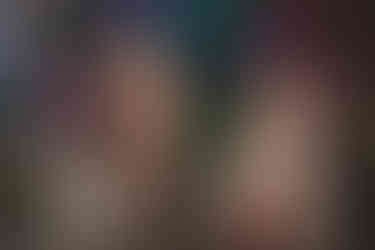The Jungle Book
- lbremer14
- Jul 25, 2022
- 2 min read
Updated: May 13
Youth Opera in 1 Act
Music by: Kamala Sankaram
Libretto by: Kelley Rourke
Duration: 45 mins
Originally Commissioned: Glimmerglass Festival 2022

Kamala Sankaram and Kelley Rourke’s retelling of The Jungle Book finally takes the stage with a new look at the story of Mowgli, a threatened human cub who seeks refuge from dangers of the jungle with a pack of wolves. Should the pack accept Mowgli, even if it means making an enemy of Shere Khan, the lawless tiger? A story of compassion, justice and forgiveness, this operatic version of The Jungle Book draws from Eastern and Western classical music traditions, featuring the Glimmerglass Youth Chorus and members of the Young Artists Program, with piano accompaniment.
FORCES
Singers:
Adult Roles-
Raksha; matriarch of the wolf pack - Mezzo-soprano
Baloo; bear, tutor to young wolves - Baritone
Bagheera; cosmopolitan panther, friend of the pack - Soprano/Dancer
Youth Roles-
NOTE: Although youth roles are assigned specific pronouns for readability, all can be
cast as either male or female; pronouns can be re-assigned accordingly. Female Mowgli highly preferred.
Mowgli; human cub - Treble
Shere Khan; tiger - at least two mature male voices
Hyena; can double as member of wolf pack, Shere Khan's sidekick - Soprano
Wolf Pack, which includes:
Little Brother (or Sister)
Rebel Leader
Rebel Cubs
Animals, which include:
Monkey
Snake
Tropical Bird
Twittering bird (voiced by bird whistle)
Peacock
Orchestra:
Piano/Harmonium
Project Statement
I’m very excited to share this music and story with you, but before you enter the jungle, I’d like to tell you a little bit about the kind of music you’ll be hearing, because it may be new for you. The music in this opera is based on Indian classical music. India has a long and rich musical tradition, reaching all the way back to before opera was even invented!
Indian classical music (called Hindustani music in Northern India and Carnatic music in Southern India) uses a system of notes called ragas. The word “raga” can be translated as “colors,” and that’s really what Indian classical music is all about — using the notes of the raga to create a specific color or mood. The raga system is very detailed — to really know a raga, you have to know which notes are most important, how the notes can be played in relationship to each other, how to ornament the note in order to show its beauty, and so on.
This opera uses common Hindustani ragas as a starting point and pairs them with operatic singing and harmonies. You may sometimes hear the choir singing the words “Sa Ri Ga Ma Pa Dha Ni Sa.” These are the names of the notes in the raga. Do you know the song that begins “Doe, a deer?” “Sa Ri Ga” is just like “Do Re Mi!”
The music also takes inspiration from the Indian approach to rhythm, which is called tala. Indian rhythms are clicliccl and us instruments like the tabla and the ghatam, both of which you can hear in the recording. The tabla are actually two drums, one pitched high, and one very deep. The ghatam is a clay pot that you play like a drum. You may also hear everyone clapping the rhythms, something found in Indian and Pakistani folk music.
MEDIA














Comments